Watt Electric Vehicle Company (WEVC), the Newquay-based niche vehicle firm that recently unveiled an all-new lightweight EV platform designed specifically for low-volume applications, has launched an £81,250 own-design coupé that combines the innovative new chassis architecture with styling reminiscent of a 1950s Porsche 356A.
The car is designed as a flagship for WEVC’s new chassis system (called PACES, for Passenger And Commercial EV Skateboard) and to show that with careful development, modern EVs can reap the benefits of lightness that few volume battery-electric models achieve at present.
The new car, officially called the WEVC Coupé, has already undergone 10 months of successful dynamic prototype testing and development. Advanced development will continue for several more months until work begins on the first 21 individually tailored launch-edition cars, to be built at WEVC’s Cornish HQ. First deliveries begin early next year.
Although the car’s styling recalls a 1950s icon, the WEVC Coupé has a modern, simple interior design. Its all-composite body incorporates dozens of changes to the familiar shape, to improve aerodynamics and offer the high standards of surfacing and panel fit that today’s customers expect.
Under the skin, the WEVC Coupé bristles with state-of-the-art design innovations that allow it to comply with all relevant ISO regulations and safety standards yet deliver a kerb weight below 1000kg – even though it carries a 40kWh battery, giving a WLTP range of 230 miles. The single, compact, mid-mounted electric motor produces 161bhp, drives the rear wheels and covers 0-62mph in just over 5.0sec.
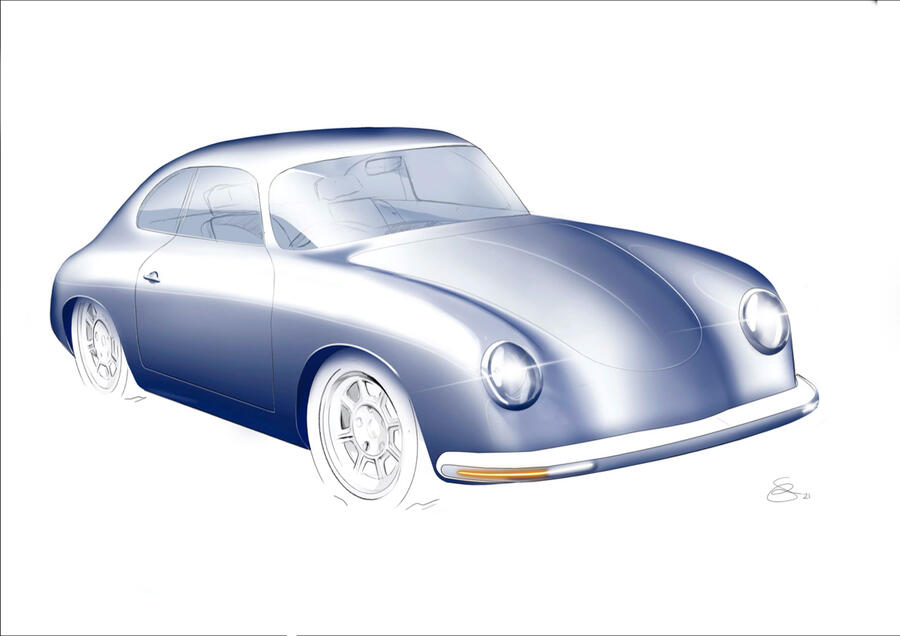
Neil Yates, founder and owner of WEVC, said his new car represents two debuts for the company: its first all-new vehicle and the first application for the PACES platform. Yates, who has more than 20 years’ experience of building niche vehicles and highly successful competition cars, said the focus with the WEVC Coupé is on building “a light, engaging sports car at the opposite end of the spectrum from the current trend towards hugely powerful but heavy electric supercars”.
Yates also said: “Our car will maximise driver engagement and real-world enjoyment. With double-wishbone suspension, 16in wheels and 60-profile tyres, it has a comfortable ride, excellent steering feel and a handling balance that is entertaining and exploitable, rather than simply chasing outright grip.
“With compact dimensions, good packaging and a tight turning circle, we believe the WEVC Coupé will be just as much at home in the centre of London as on a twisty rural B-road.”

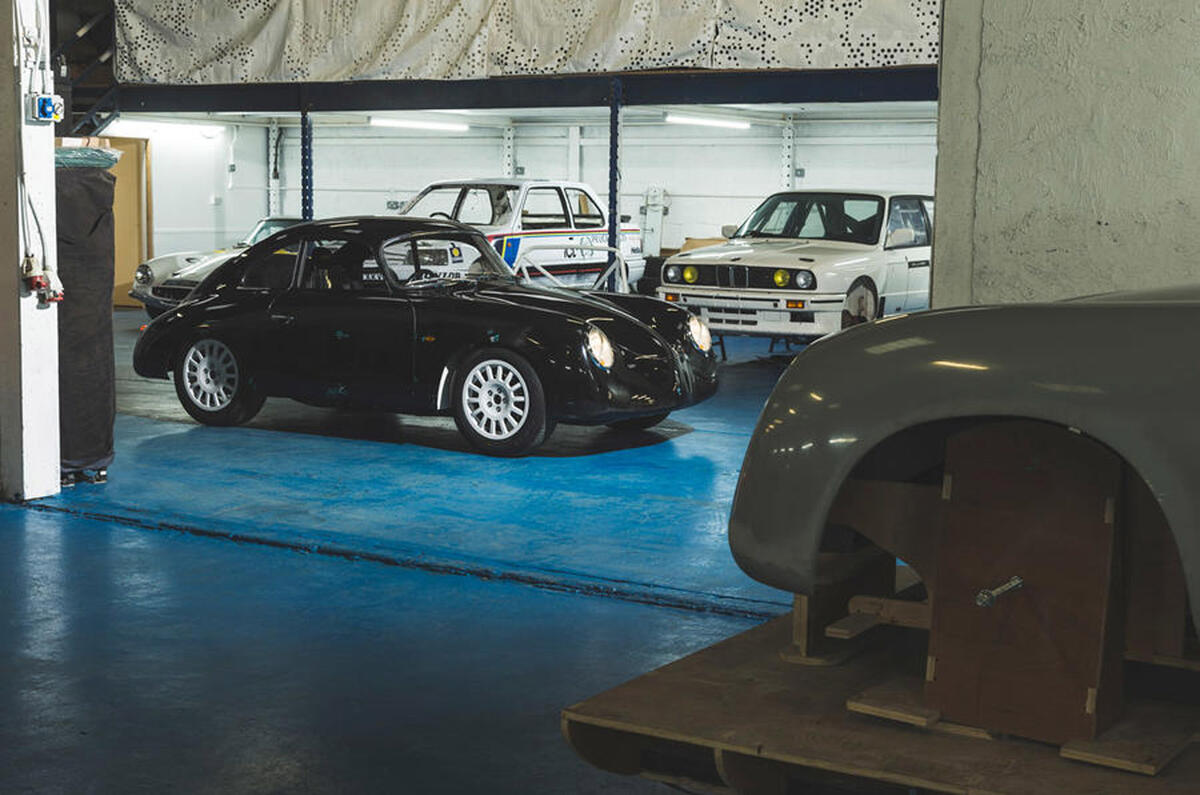
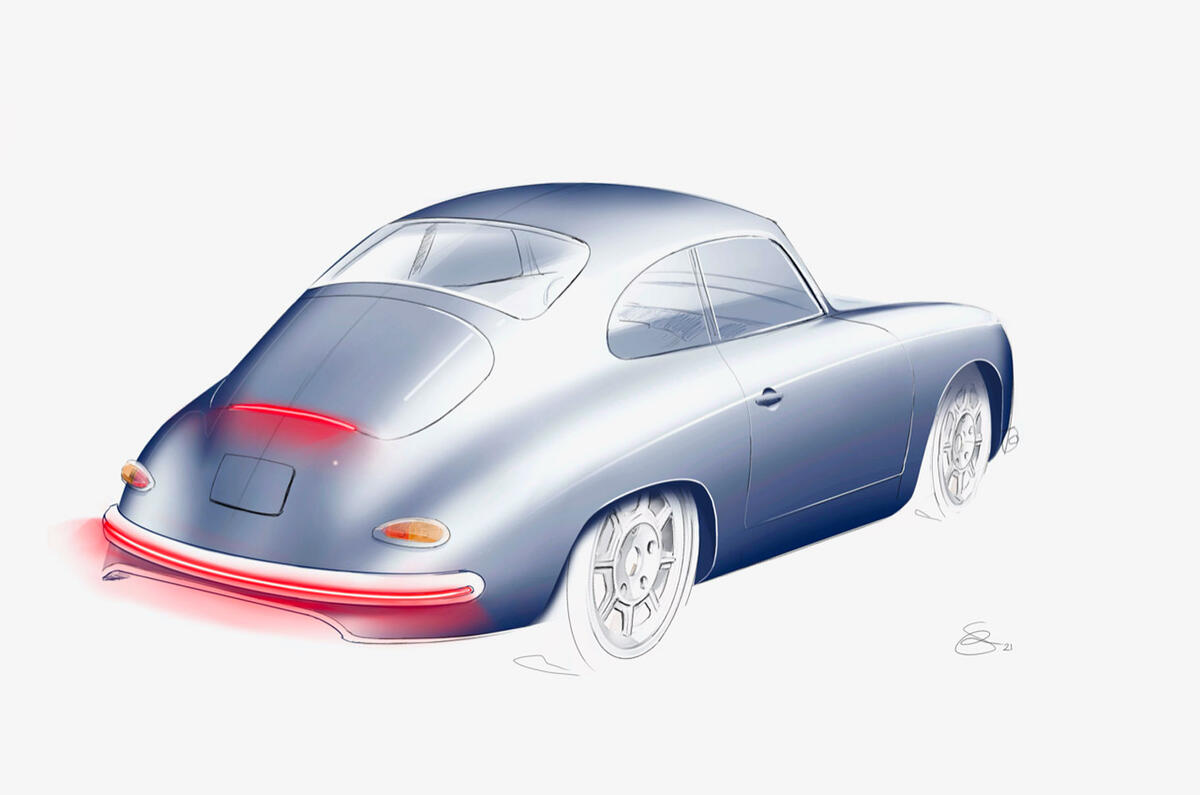

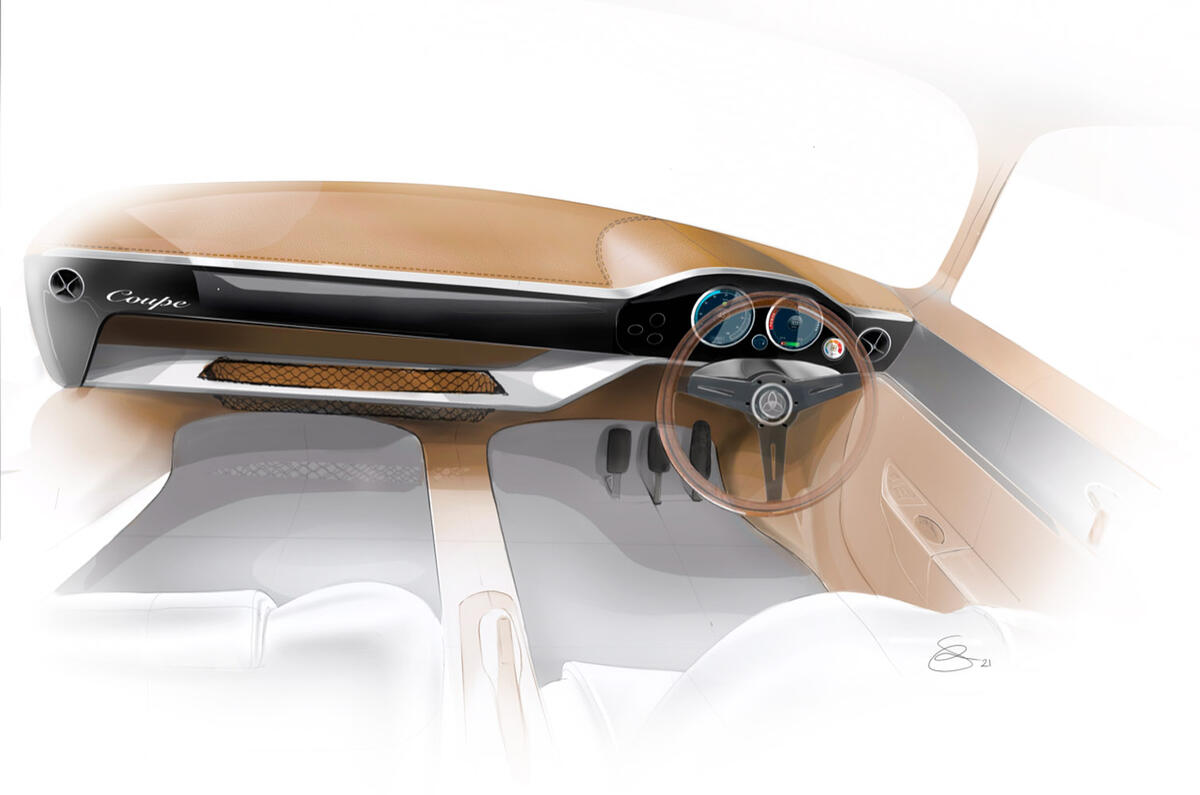
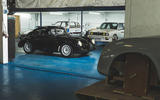

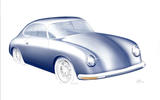
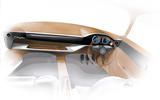






Join the debate
Add your comment
I think this car is more a demonstartion of what's possible with the new chassis structure rather than a serious sales proposition. By showing a complete car, the firm is probably hoping to attract further investment or a partnership, I'd be surprised if any actual cars get sold.
The psychology of marketing is strange to me: Who is fascinated by an expensive innovative Porsche 356 lookalike electric car that is not made by Porsche?
What is a chesil?
Chesil speedsters are kit cars based on a beetle that look like Porsche 356 open top sports cars, chesil has been making kits or factory building cars for decades and is owned, I believe, by Westfield. I'm pretty sure there's other kit cars that look similar to the 356, as there are many that look like AC cobras, but Chesil seems to have a very good name and reputation for its cars, even featuring in Autocar on occasion. They're quite pricey mind.